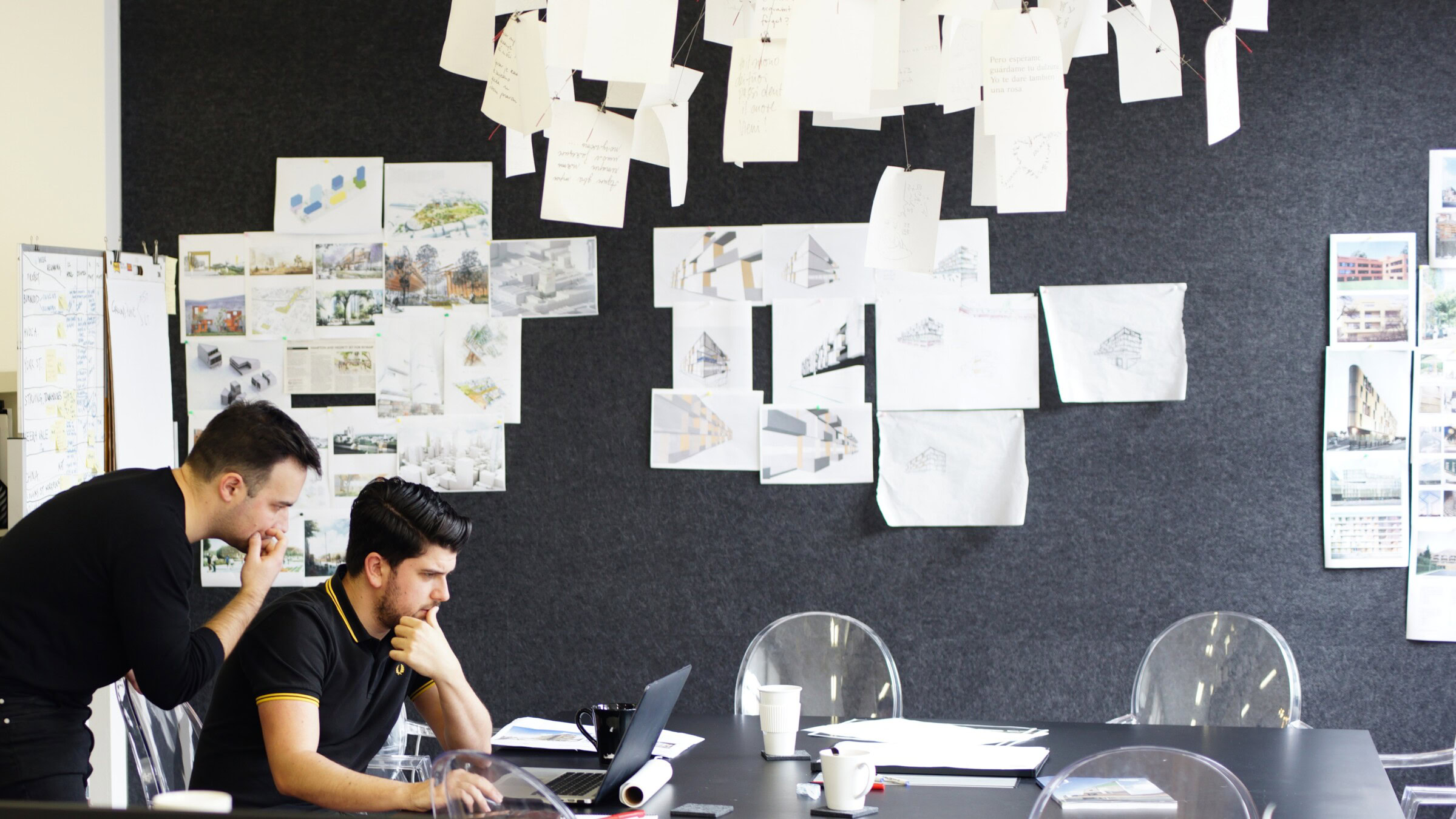Process

Genton’s approach is guided by four deeply held design philosophies implemented across all our work.
Permeable Edge
A building is more than the space it occupies; it is where people engage, where activities unfold, and where connections are fostered with the community and environment. Our concept of the permeable edge explores a porous boundary from macro to micro, physical and non-physical.
The permeable edge also speaks to how the building is experienced and navigated. It’s not just a physical boundary but a programmable one. The spaces inside blur the lines between function and flexibility, allowing them to adapt to different uses and achieve greater possibilities overtime. By designing places and spaces that embrace their surroundings and accommodate change, we create architecture and urban environments that are enduring and resilient.
Human Experience
Our designs are centred around the people who use them. While creating visually impressive architecture is important, our primary focus is on designing for experience first. Our role as architects is to influence how people feel and how they experience the space. Buildings should be captivating from a distance and as one approaches, revealing increasingly more intimate layers.
We prioritise comfort, usability, and emotional resonance to craft spaces that enrich daily life. Thoughtful design captures the nuances of human experience and transcends all of our work because, at every step, people remain at the heart of what we do.
Catalyst for Change
Great architecture is more than just a building or an object. It has the power to shape the way people live and work, as well as how the structure or urban design fosters connections between people and their surroundings. By carefully considering the programming of our buildings—from the placement on the site, the flow of entry and exit points, to how people navigate and experience the space—we bring lasting value to the broader urban context.
At Genton, we design architecture that people are drawn to, that enhances their lives and enriches the community. Our approach is about creating ecosystems, aligning design to integrate environments that stimulate growth and continuous development. Success for us is when our built form or urban design not only serves its immediate purpose but also inspires future projects, creating a layered benefit for ongoing development.
Our vision extends beyond the completion of a single project; we aim to make more possible, causing ripple effects that catalyse further growth. Our designs act as catalysts for regional and urban revitalisation, connecting people to the communities they inhabit and serve.
Longevity
We believe longevity is the ultimate measure of sustainability. Buildings must fulfil their intended function but also have the flexibility to adapt as future needs evolve. Our projects are sustainable because they attract people, make them feel welcome, and encourage them to stay, while also paving the way for future developments to build upon our work. This is what defines longevity.
By respecting our land’s history, cultural significance, and ecological balance, we create enduring connections between people and place. Caring for Country is a guiding principle that shapes our longevity approach to architecture, honouring Traditional Custodians’ knowledge and embedding their stories into the fabric of our work.
Our environmental strategies embrace dematerialisation, passive design principles, energy efficiency, water sensitive design, adaptive reuse, and minimising embodied carbon. By sourcing local materials and considering their entire lifecycle, our design process ensures our work is contextually relevant and environmentally responsible.
We achieve longevity by prioritising solutions that deliver long-term economic and social value, producing buildings that are economically and environmentally responsible.